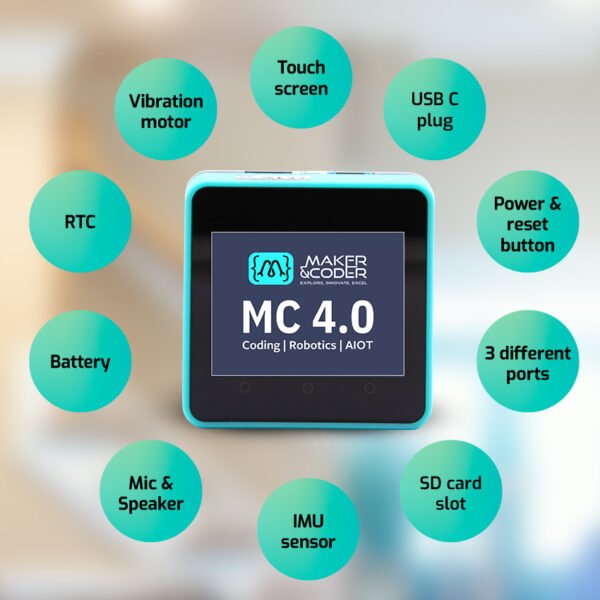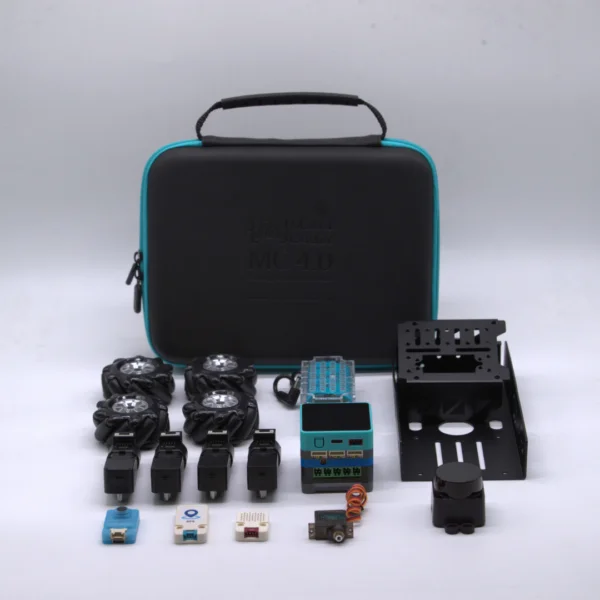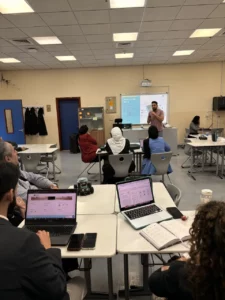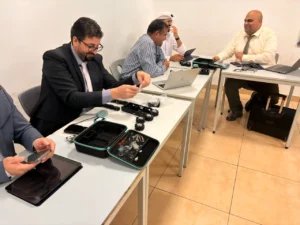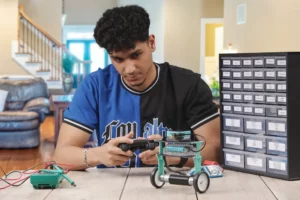Introduction to STEAM kits
STEAM kits are educational tools that combine science, technology, engineering, arts, and math activities to promote learning in a fun and interactive way. These kits aim to develop children’s critical thinking, problem-solving, and creativity skills from a young age. Through hands-on activities and experiments, STEAM kits encourage children to explore and understand various concepts practically.
Importance of early childhood education
Early childhood education plays a crucial role in a child’s development. It sets the foundation for their future learning and growth. Research shows that children who receive quality early education are more likely to succeed in school and have better social and emotional skills. It helps in shaping their cognitive abilities, language skills, and problem-solving skills. Investing in early childhood education not only benefits the child but also society as a whole. It paves the way for a more educated and skilled workforce in the future.
What are STEAM kits?
STEAM kits are hands-on educational tools that combine science, technology, engineering, arts, and mathematics activities. They are designed to encourage children to explore and learn through fun, interactive projects. STEAM kits often contain materials like building blocks, circuits, art supplies, and experiments to help children develop skills in problem-solving, creativity, and critical thinking.
Benefits of incorporating STEAM kits
Using STEAM kits in early childhood education helps in enhancing critical thinking and problem-solving skills. These kits also promote creativity, teamwork, and innovation among young learners. Furthermore, they encourage hands-on learning experiences that engage children and make learning fun and interactive. Research shows that children exposed to STEAM education from a young age are more likely to develop a strong foundation in the fields of science, technology, engineering, arts, and mathematics, setting them up for success in the future.
A global perspective on STEAM education
STEAM education is gaining traction worldwide as educators recognize its benefits for young learners. Countries such as Finland, Singapore, and Australia have integrated STEAM principles into their early childhood curricula, emphasizing hands-on learning and creativity. In Finland, for example, STEAM education is seen as a way to foster innovation and critical thinking skills in young children. Singapore has also made significant investments in STEAM initiatives to prepare students for future careers in technology and innovation. Australia is focusing on equipping children with essential skills for the digital age through STEAM education. These global perspectives on STEAM highlight its importance in shaping the next generation of thinkers and problem solvers.
STEAM kits for developing cognitive skills
STEAM kits are designed to boost cognitive skills in children by integrating science, technology, engineering, art, and math into interactive activities. Engaging with these kits helps children develop problem-solving skills, creativity, critical thinking, and communication abilities.
Promoting creativity and innovation through STEAM kits
STEAM kits are designed to encourage creativity and innovation in young learners. They provide hands-on activities that merge science, technology, engineering, arts, and mathematics in a fun and interactive way. By using these kits, children can explore, experiment, and problem-solve, fostering skills that are essential for their future success. STEAM kits help children think critically, develop their imagination, and build a strong foundation in key subjects.
Enhancing problem-solving abilities with STEAM kits
STEAM kits are designed to enhance problem-solving abilities in children by providing hands-on activities that incorporate science, technology, engineering, arts, and math. Children exposed to STEAM kits develop critical thinking skills, creativity, and teamwork. These kits encourage experimentation and exploration, fostering a love for learning from an early age.
Implementing STEAM kits in early childhood education
Introducing STEAM kits in early childhood education helps young learners explore science, technology, engineering, arts, and math in a hands-on way. Children can build, create, and problem-solve while having fun. STEAM kits encourage critical thinking and creativity, setting a strong foundation for future learning. With STEAM kits, students develop essential skills early, preparing them for success in school and beyond.
Conclusion: The future of education with STEAM kits
STEAM kits are becoming vital tools in child education worldwide. They promote creativity, critical thinking, and problem-solving skills. By incorporating Science, Technology, Engineering, Arts, and Mathematics, these kits offer a hands-on approach to learning. They prepare children for future careers in a diverse and rapidly changing world, emphasizing practical skills alongside academics. STEAM kits are paving the way for a more engaging and interactive educational experience, shaping a promising future for education globally.

